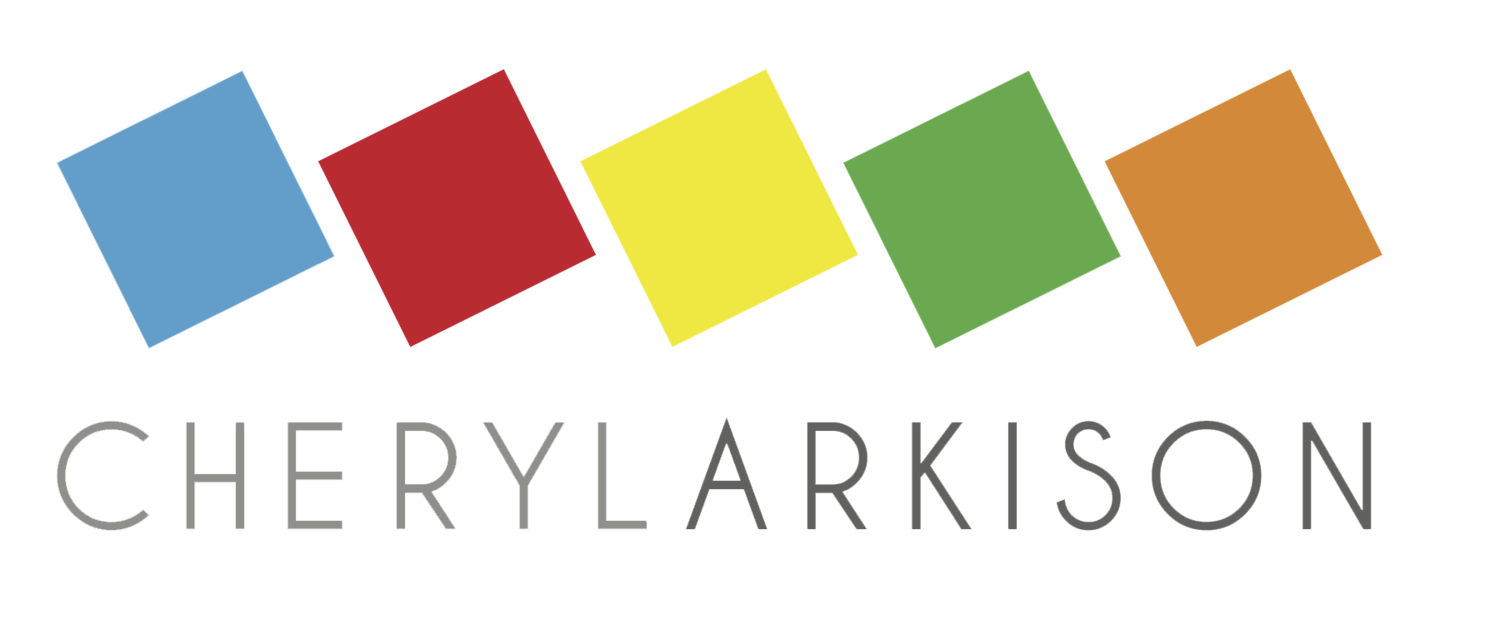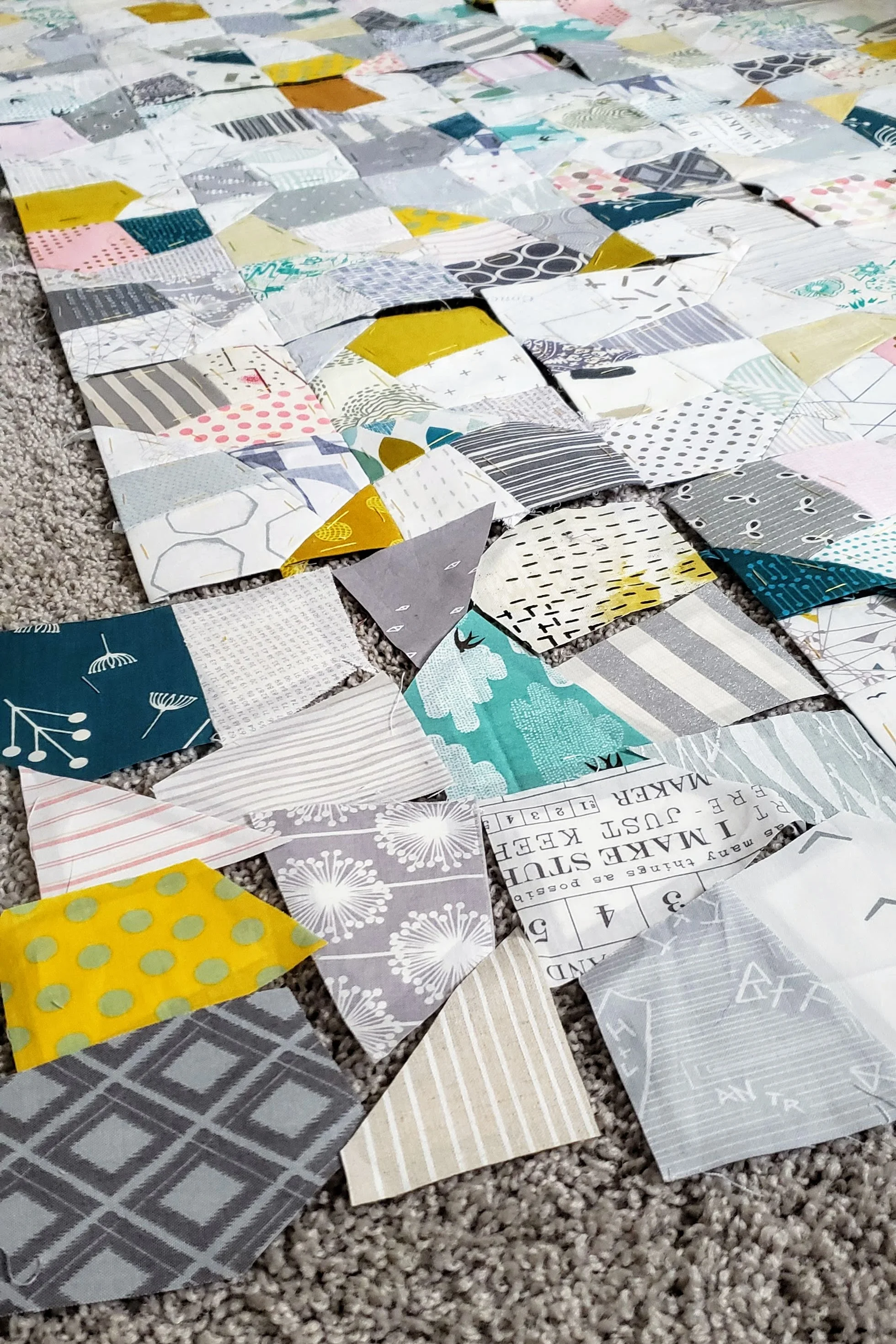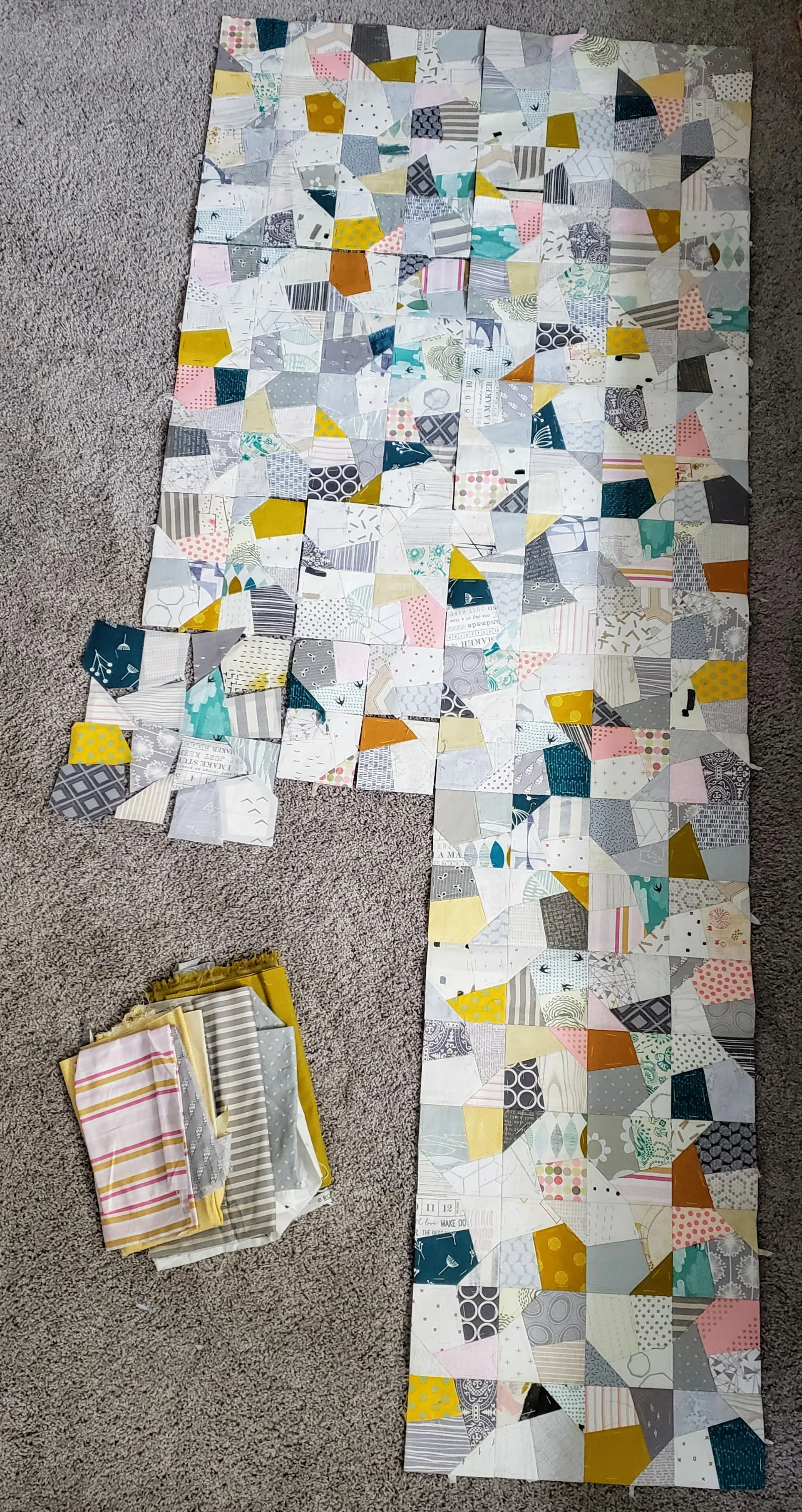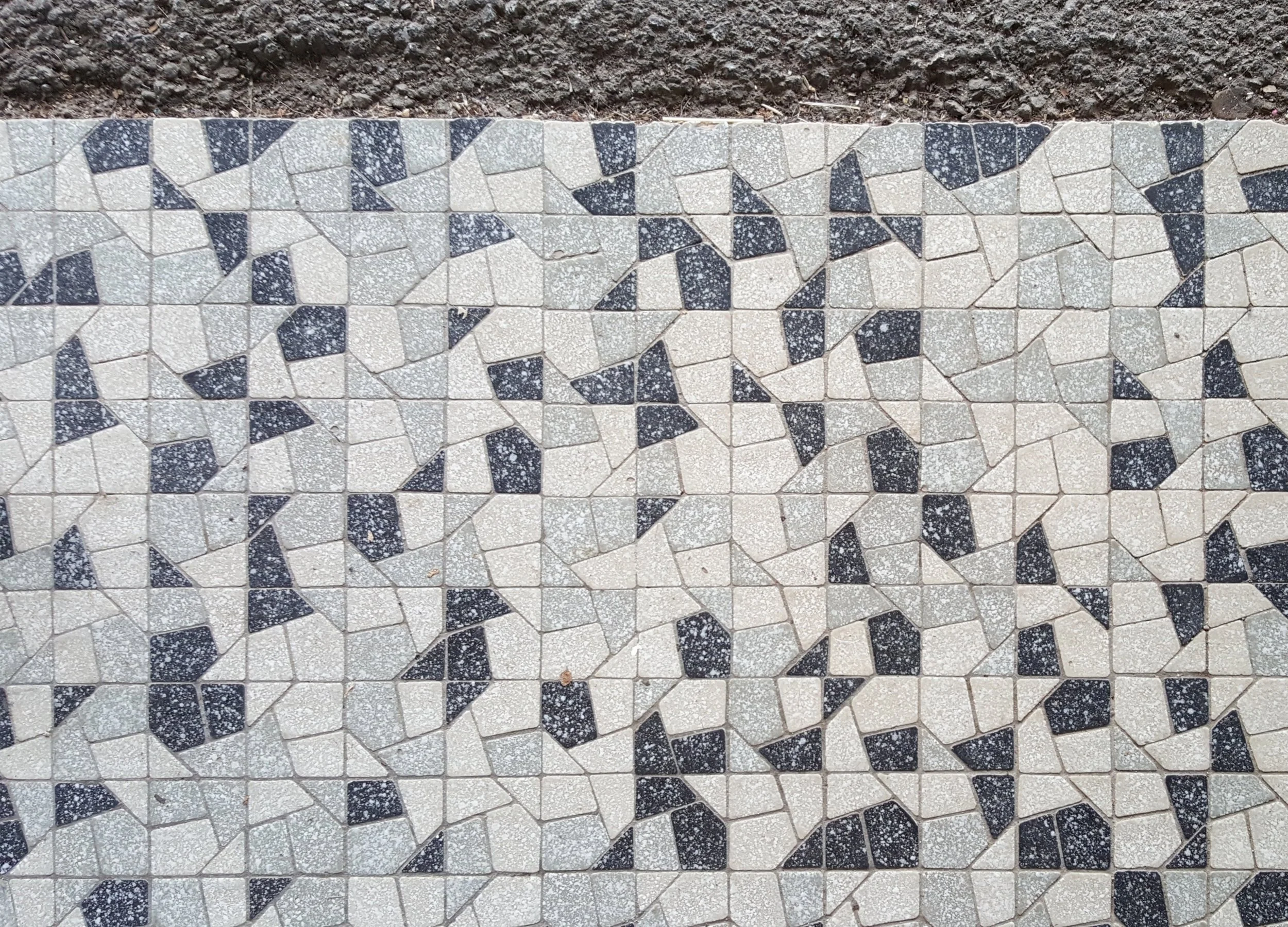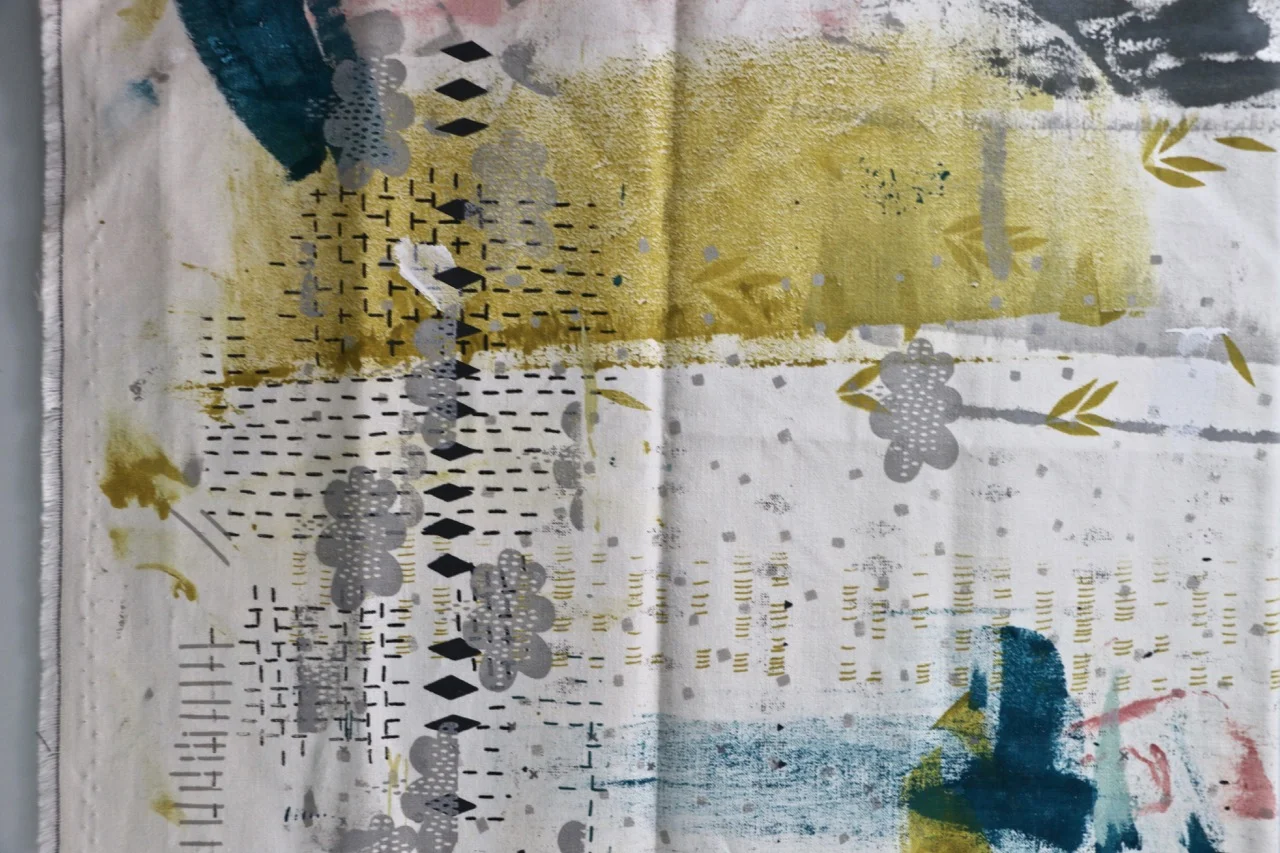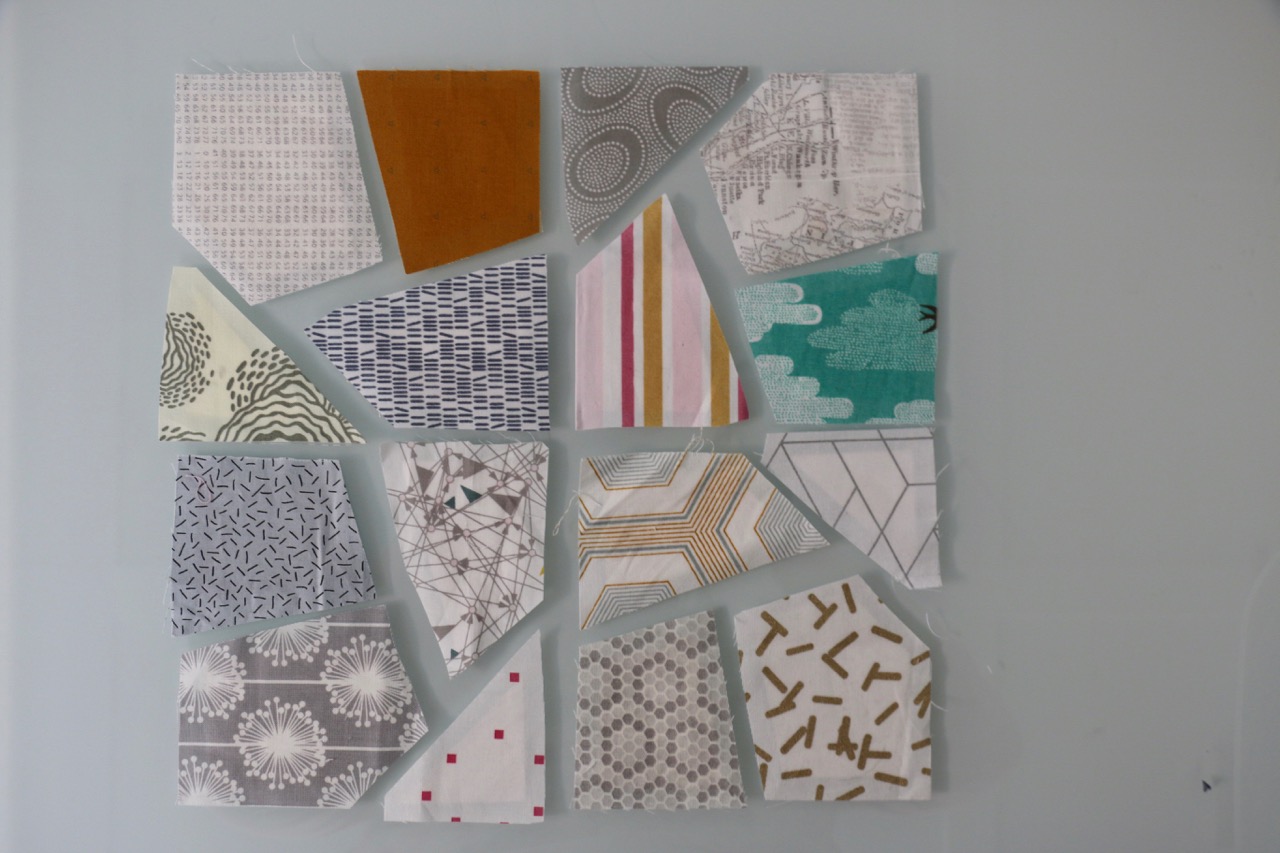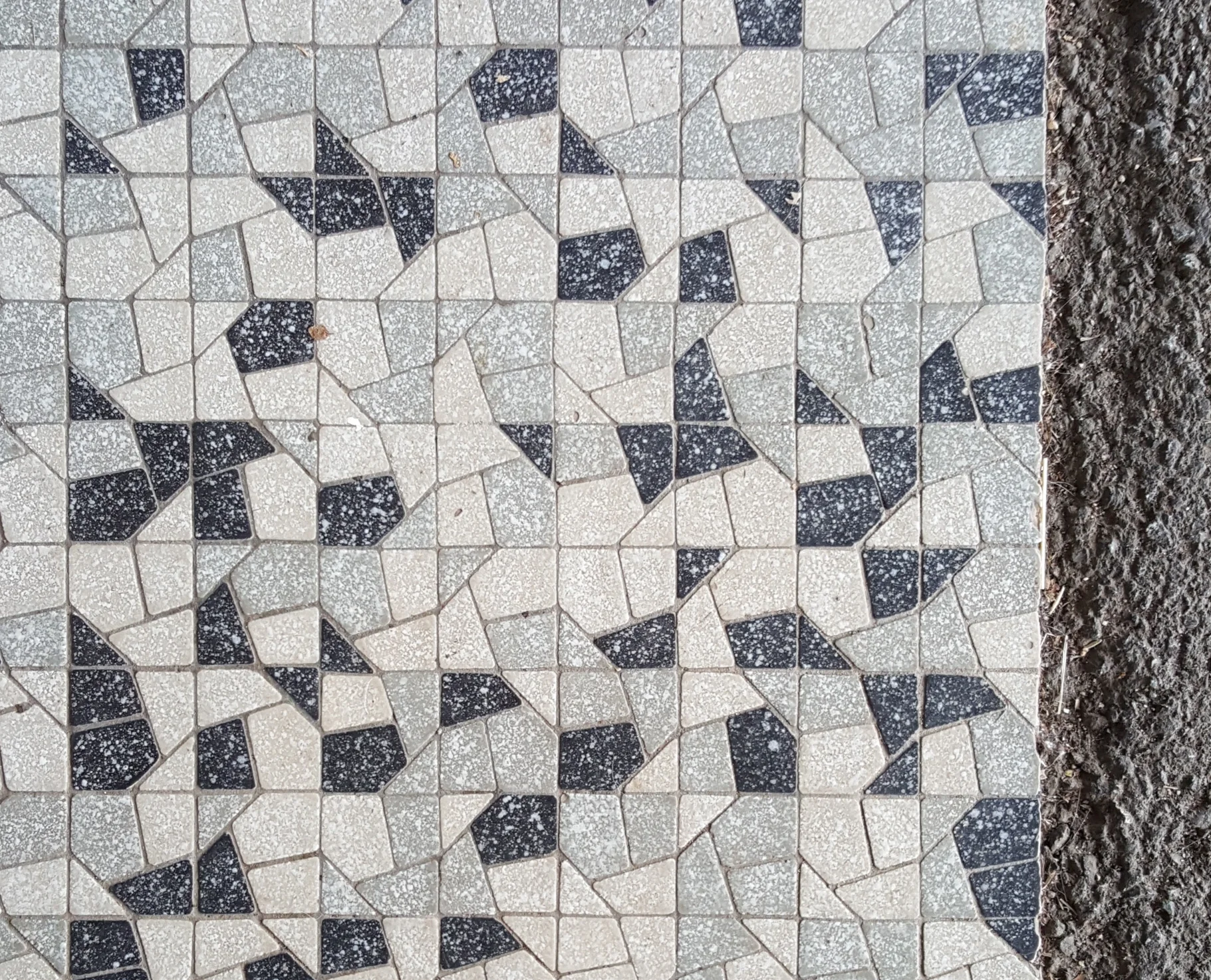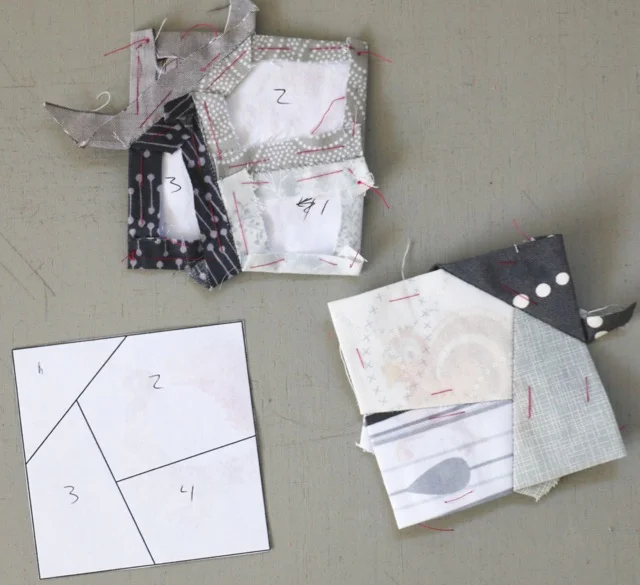So, it’s been what? 17 months?
I started the Euroa Quilt in May 2017. One baby block at a time. 400 of those. Four together to make 1 block. 100 of those. Four of those then together to make a mega block. 25 of those. That’s the plan.
For anyone new here and to remind you all, this is the quintessential “Quilter Inspired by a Tile Floor” quilt. I snapped a pic in a doorway in a small town in Australia. That town was Euroa. It turns out this is not an uncommon tile pattern in Australia in the Mid Century. This quilt is an homage to that trip in so many ways,
Here’s where I’m at.
7 Mega Blocks.
30 Blocks Done (and 1 in final assembly)
3 more blocks prepped for hand stitching.
That might seem slow to you, but it seems about perfect to me. I do this project in quiet moments at the summer campsite, while hanging out at the pool/ballet studio/fencing gym, sometimes while watching TV, and on the rare quiet Sunday when I feel like handstitching instead of being interrupted reading. I didn’t stitch for 3 months last year as I struggled with tennis elbow. Things are a bit slow going right now as I don’t do a lot of sitting (newsletter readers know what I am talking about - subscribe below!) and you can only stitch so much standing up.
The truth is, I am in no rush. You’ve heard me say before that quilt making is about the process for me - the making more than the quilt itself. I absolutely love having such a portable hand work project. I really don’t care how long it takes me to finish. If I did then I would have made this smaller! As it stands, the baby blocks are 4’’. Which means the quilt as I have it planned will be 80’’ x 80’’ of hand stitched goodness.
To assemble the quilt I sew the mega blocks together then sew those together in columns. Not sure why, but in my brain I made the far right column first so I am working right to left. I usually prep one or two blocks at a time, laying out what I have so far so that my random scrappiness is somewhat controlled - no two fabrics right next to each other. It does require vacuuming the studio floor and keeping the dog out. I can do the basting and stitching of each block while in any number of places, but save the mega block assembly for home, on a large table.
Oh, and I wholeheartedly recommend the flat back stitch when it comes to English Paper Piecing.
I’ve been asked if I am bored yet. Nope. Not at all. It is highly repetitive. I think if I were working on very controlled fabric/colour placement I might be. Or maybe I would switch to foundation paper piecing for that project? But the scrappy nature of my fabric selection and my infinite patience to pick it up, put it down, and pick it up again is keeping me from getting bored. Quite the opposite, I get super excited each time I finish a block!
The printable templates are still for sale on my Etsy site, if you are interested.
